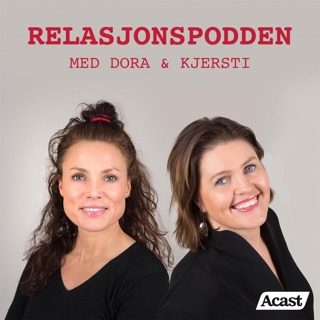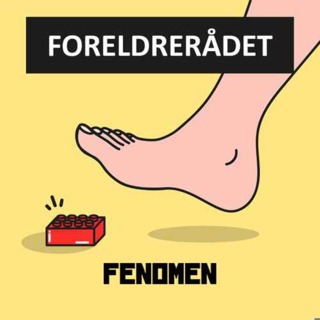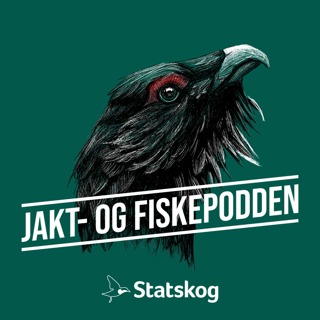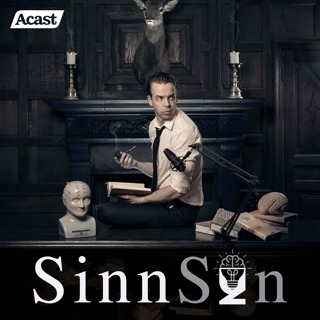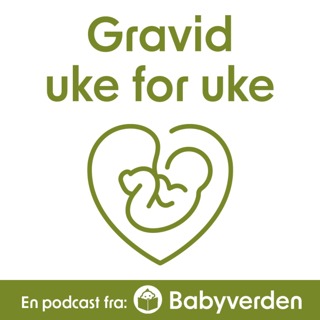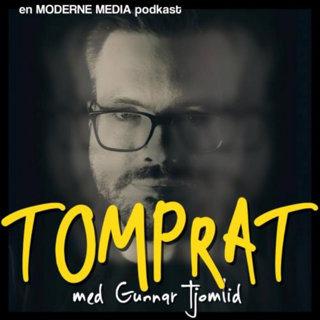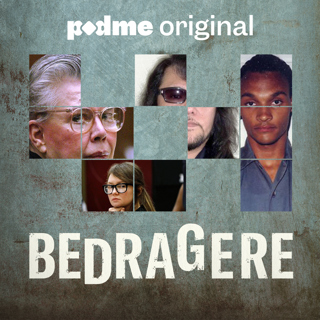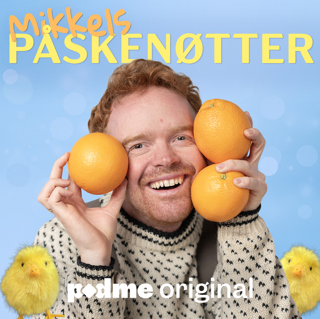
Episode 9 - Choice
Subscribe on iTunes Subscribe on Google Play Subscribe on Stitcher Dr Allen Karsina drops by to share his research on choice. We review some key facts in the literature on choice, how manipulations to choice-making schedules affect the value of choice, and whether we should believe the hype about choice. Don't forget to listen all the way through to hear about exciting research using our family members as participants and for a delightful poetry jam to round out the episode. You chose to subscribe. Articles discussed this episode: Karsina, A., Thompson, R.H., & Rodriguez, N.M. (2011). Effects of a history of differential reinforcement on preference for choice. Journal of the Experimental Analysis of Behavior, 95, 189-202. doi:10.1901/jeab.2011.95-189 Fisher, W.W., Thompson, R.H., Piazza, C.C., Crosland, K., & Gotjen, D. (1997). On the relative reinforcing effects of choice and differential consequences. Journal of Applied Behavior Analysis, 30, 423-438. doi:10.1901/jaba.197.30-423 Tiger, J.H., Hanley, G.P., & Hernandez, E. (2006). An evaluation of the value of choice with preschool children. Journal of Applied Behavior Analysis, 39, 1-16. doi:10.1901/jaba.2006.158-04 If you're interested in ordering CEs for listening to this episode, click here to go to the store page. You'll need to enter your name, BCBA #, and the two episode secret code words to complete the purchase. Email us at abainsidetrack@gmail.com for further assistance.
29 Jun 20161h 20min

Episode 9 Preview
Subscribe on iTunes Subscribe on Google Play Subscribe on Stitcher What does it mean when we talk about choice? We know choosing in life is important, but just how important? And how does choice factor into working with individuals with disabilities? Next week, special guest Dr. Allen Karsina joins us to share his research and insight onto the subject. In the meantime your regular hosts get nostalgic about all the psych experiments they were subjected to as undergrads. And for anyone applying for CEs, we've created a new button so you can put your info right in on the webpage. If you still don't see the "CEU Required Information" portion anywhere, just email us with the info. Articles for next week: Karsina, A., Thompson, R.H., & Rodriguez, N.M. (2011). Effects of a history of differential reinforcement on preference for choice. Journal of the Experimental Analysis of Behavior, 95, 189-202. doi:10.1901/jeab.2011.95-189 Fisher, W.W., Thompson, R.H., Piazza, C.C., Crosland, K., & Gotjen, D. (1997). On the relative reinforcing effects of choice and differential consequences. Journal of Applied Behavior Analysis, 30, 423-438. doi:10.1901/jaba.197.30-423 Tiger, J.H., Hanley, G.P., & Hernandez, E. (2006). An evaluation of the value of choice with preschool children. Journal of Applied Behavior Analysis, 39, 1-16. doi:10.1901/jaba.2006.158-04
22 Jun 201613min

Episode 8 - Toilet Training
Subscribe on iTunes Subscribe On Google Play Subscribe on Stitcher While we all try to teach individuals to use the potty in a day, what can we do after a week? We discuss research related to increasing the intensity of toilet training, transferring stimulus control, and using alarm systems before the conversation devolves into gross poop anecdotes and debates about archaic idioms. You might think we've run out of ideas while listening to us rattle off every name we can think of for the toilet, but flush those thoughts away. We eventually swirl back to some meaningful discussion about toilet training for children with disabilities. Then back to potty humor. It's our most mature episode yet. Articles discussed in this episode: LeBlanc, L.A., Carr, J.E., Crossett, S.E., Bennett, C.M., & Detweiler, D.D. (2005). Intensive outpatient behavioral treatment of primary urinary incontinence of children with autism. Focus on Autism and Other Developmental Disabilities, 20, 98-105. doi: 10.1177/10883576050200020601 Luiselli, J.K. (1996). A case study evaluation of a transfer-of-stimulus control toilet training procedure for a child with pervasive developmental disorder. Focus on Autism and Other Developmental Disabilities, 11, 158-162. doi:10.1177/108835769601100305 If you're interested in ordering CEs for listening to this episode, click here to go to the store page. You'll need to enter your name, BCBA #, and the two episode secret code words to complete the purchase. Email us at abainsidetrack@gmail.com for further assistance.
15 Jun 20161h 27min

Episode 8 Preview
Subscribe on iTunes Subscribe on Google Play Subscribe on Stitcher Few practitioners can get through a year without needing to help a family or classroom with toilet training. And we're guessing you've all read "Toilet Training in Less Than a Day." But what should you do when those techniques don't seem to be working for you? Join us next week to find out! Articles to read for next week:: LeBlanc, L.A., Carr, J.E., Crossett, S.E., Bennett, C.M., & Detweiler, D.D. (2005). Intensive outpatient behavioral treatment of primary urinary incontinence of children with autism. Focus on Autism and Other Developmental Disabilities, 20, 98-105. doi: 10.1177/10883576050200020601 Luiselli, J.K. (1996). A case study evaluation of a transfer-of-stimulus control toilet training procedure for a child with pervasive developmental disorder. Focus on Autism and Other Developmental Disabilities, 11, 158-162. doi:10.1177/108835769601100305
8 Jun 20169min

Episode 7 - Trial-Based Functional Analysis
We're going off the rails on the way to Dissemination Station this week in a discussion of trial-based functional analysis procedures and their place in the assessment of problem behavior. Can this procedure provide sweet middle ground between the robust flavor of a full FA and the doughy, blandness of an FBA? All that and a discussion of which Hogwarts house Rob and Diana would be sorted into and what visuals Jackie uses to understand bar graphs. Articles discussed in this episode: Lambert, J.M., Bloom, S.E., & Irvin, J. (2012). Trial-based functional analysis and functional communication training in an early childhood setting. Journal of Applied Behavior Analysis, 45, 579-584. doi: 10.1901/jaba.2012.45-579 Austin, J.L, Groves, E.A., Reynish, L.C., & Francis, L.L. (2015). Validating trial-based functional analyses in mainstream primary school classrooms. Journal of Applied Behavior Analysis, 48, 274-288. doi: 10.1002/jaba.208 If you're interested in ordering CEs for listening to this episode, click here to go to the store page. You'll need to enter your name, BCBA #, and the two episode secret code words to complete the purchase. Email us at abainsidetrack@gmail.com for further assistance.
1 Jun 20161h 18min

Episode 7 Preview
Wish you could do a real functional analysis but don't think you have the time? Maybe a trial-based FA is just what you need? Next week we'll be discussing some updates to the literature on trial-based FAs and their possible use in the school setting. Articles to read for next week: Lambert, J.M., Bloom, S.E., & Irvin, J. (2012). Trial-based functional analysis and functional communication training in an early childhood setting. Journal of Applied Behavior Analysis, 45, 579-584. doi: 10.1901/jaba.2012.45-579 Austin, J.L, Groves, E.A., Reynish, L.C., & Francis, L.L. (2015). Validating trial-based functional analyses in mainstream primary school classrooms. Journal of Applied Behavior Analysis, 48, 274-288. doi: 10.1002/jaba.208
25 Mai 201610min

Episode 6 - Presession Pairing w/ Dr. Amanda Kelly
Is playing with students before presenting demands the secret to a great work session? We're joined by special guest Dr. Amanda Kelly, Behavior Babe herself, to answer this question with a detailed and in-depth discussion on her presession pairing research. Not only do you get a behind-the-scenes tour of the research process and overcoming participant pitfalls, but also a heated discussion about whether Katie Perry or Angry Birds is the ultimate reinforcer. If you learn one thing this week, its stop grabbing things from our learners! Articles discussed this week: Kelly, A.N., Axe, J.B., Allen, R.F., & Maguire, R.W. (2015). Effects of presession pairing on the challenging behavior and academic responding of children with autism. Behavioral Interventions, 30, 135-156. doi: 10.1002/bin.1408 If you're interested in ordering CEs for listening to this episode, click here to go to the store page. You'll need to enter your name, BCBA #, and the two episode secret code words to complete the purchase. Email us at abainsidetrack@gmail.com for further assistance.
18 Mai 20161h 3min

Episode 6 Preview
We're all jazzed up to announce our very first guest: Dr. Amanda Kelly, the Behavior Babe herself. She'll be joining us on next week's episode to discuss her article on presession pairing. And Jackie congratulates the BCBAs of tomorrow. Articles to read for next week: Kelly, A.N., Axe, J.B., Allen, R.F., & Maguire, R.W. (2015). Effects of presession pairing on the challenging behavior and academic responding of children with autism. Behavioral Interventions, 30, 135-156. doi: 10.1002/bin.1408
11 Mai 20164min






